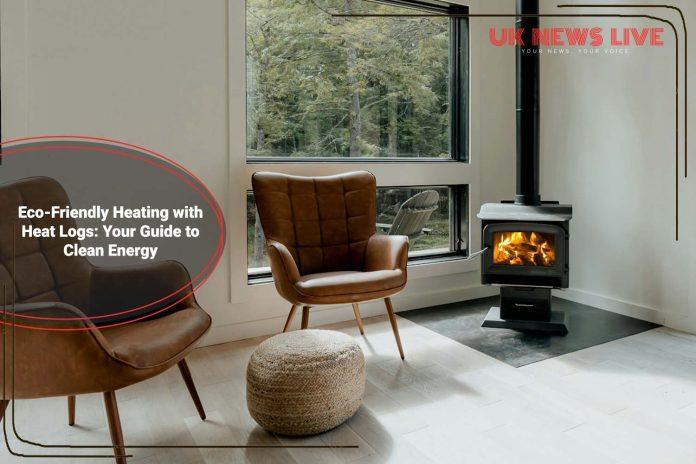Homeowners in the UK are finding a great solution for heating: heat logs. These energy sources are a big step forward in eco-friendly home heating. They offer a smart choice over old fossil fuel methods.
Heat logs are changing the game in sustainable heating. They give steady warmth and cut down carbon emissions a lot. Unlike old heating systems, these wood fuel products are clean, efficient, and good for the planet.
More people are choosing clean energy like heat logs because of climate concerns. Using the right heating can really help lower your carbon footprint. It’s a big step towards a greener home, especially if you already use smart devices.
With energy prices going up and down, heat logs are a stable, green choice for UK homes. They are small, pack a lot of energy, and don’t harm the environment. This makes them a favorite among those who care about the planet.
This guide will show you how heat logs can change your home heating. We’ll help you see how these products can make your home warmer and greener.
Understanding Heat Logs: The Sustainable Choice for Home Heating
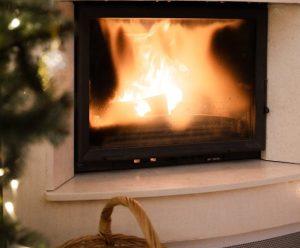
Heat logs are changing home heating in the UK. They are made from compressed wood waste and sawdust. This makes them a high-density heating option that beats traditional firewood.
Wood briquettes are made through a special compression process. They have less moisture than regular logs. This means they burn better, giving more heat and less smoke.
Homeowners in the UK are finding these logs to be a great choice. They provide steady warmth and help the environment.
The way heat logs are made is smart. It uses recycled wood and makes it into blocks. These blocks burn well, offering a clean and reliable heat source.
Heat logs are more efficient than old heating methods. They are easy to store and burn evenly. People who care about the planet like them because they are a green alternative to fossil fuels.
The Environmental Impact of Heat Logs vs. Traditional Fuels
Heat logs are a big step forward in green home heating. They are better than old fossil fuels because they don’t harm the planet. Making heat logs involves sustainable forestry, which is good for the environment.
Heat logs burn clean, which is great for those who care about the planet. Unlike regular firewood, they don’t make a lot of smoke or harmful particles. This means your home and the air outside stay cleaner.
Wood for heat logs comes from forests that are managed well. This way, each log gives lots of heat without hurting the environment. Compared to coal or oil, heat logs are a green choice that helps forests grow and absorb carbon.
By picking heat logs, you’re doing your part to lower your carbon footprint. These modern fuels show how tech can help us heat our homes in a way that’s good for the planet.
Maximizing Efficiency with Premium Heat Logs
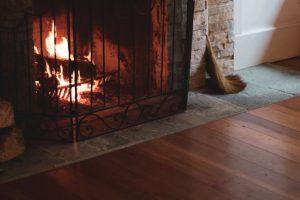
Premium heat logs are a big step up for those wanting better heating. They offer unmatched energy efficiency compared to regular wood fuels. Their advanced making ensures a steady, strong heat that warms your home for longer.
The main perk of premium heat logs is their long burn time. They burn longer than regular firewood, needing less upkeep. You can get 3-4 hours of heat from just one batch, perfect for saving fuel and heating well.
Energy efficiency is key in premium heat logs. Their dense wood burns cleaner and hotter than regular firewood. This means more heat, less smoke, and lower costs. Tests show they can give 50% more heat than standard wood.
While buying you can check premium heat logs, choose the ones with good ratings and eco-friendly making. The best ones offer great warmth and help the planet, too.
Cost Analysis: Heat Logs versus Conventional Heating Methods
Homeowners are looking for ways to save on heating costs. They’re finding heat logs to be a smart choice over traditional fuels. Heat logs offer a cost-effective heating solution.
At first, heat logs might seem more expensive than other fuels. But they burn more efficiently. This means you save money on energy over time. A family can cut their heating bills by up to 30% with heat logs.
Heat logs are a better deal in the long run. Gas and electric heaters have prices that change a lot. Heat logs keep their cost steady. They also take up less space and burn more efficiently, saving you money.
Energy experts agree that heat logs are a smart choice. They burn hot and waste less, saving you money. This makes them a great option for those watching their budget.
Using heat logs can save you a lot of money. You could save 25-40% compared to other heating methods. You’ll likely get your money back in 2-3 heating seasons because they’re so efficient.
Heat Logs and Your Home’s Carbon Footprint
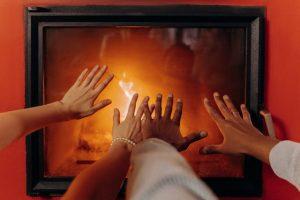
Reducing your carbon footprint starts with smart energy choices. Heat logs are a great option for homeowners looking to live more sustainably. They are a better choice than traditional heating methods, cutting down on household carbon emissions.
Heat logs are a green energy solution that burns clean. They replace fossil fuel-based heating systems, lowering your carbon footprint. The compressed wood burns efficiently, producing less smoke and fewer greenhouse gases than regular firewood.
Creating an eco-friendly home involves several steps. Heat logs are key in this effort, offering a renewable energy source. Their compact size means less emissions from transportation and more efficient storage, making them a smart choice for eco-conscious homeowners.
Sustainable living means using energy wisely. Heat logs are a practical step towards greener home heating. They provide high heat output with low environmental impact. Homeowners can be sure they’re helping the planet while keeping their homes warm.
Choosing heat logs is more than just an energy choice. It’s a commitment to taking care of the environment. By using these innovative heating solutions, families can help reduce global carbon emissions and enjoy clean-burning heat.
Choosing the Right Heat Logs for Your Needs
Choosing the right heat logs can change how you heat your home. Different types offer benefits for those wanting efficient and eco-friendly warmth. Knowing about hardwood, softwood, and compressed sawdust logs helps you decide.
Hardwood logs are a top choice for heating. They burn longer and give consistent heat. People in cold areas like them for their heat retention and steady burn.
Softwood logs are good for quick warmth. They burn fast but give quick heat. Pine and cedar logs are great for short heating times or adding extra warmth.
Compressed sawdust logs are a green choice. They use wood waste, making them sustainable. They burn clean, leave little ash, and are often cheaper than other wood fuels.
Think about your heating needs, climate, and budget when picking logs. Each type has its own benefits for home heating. This way, you can find the best fit for your comfort and efficiency.
Installation and Safety Guidelines for Heat Log Systems
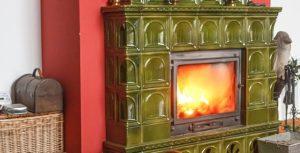
Setting up heat log stoves needs careful planning and safety focus. It’s key for efficient burning and keeping your home safe. First, pick a stove that fits your space and heating needs.
Make sure the stove sits on a non-combustible surface. It should also be far from walls and furniture.
Ventilation is vital for fire safety with heat log stoves. A pro install ensures good air flow and cuts carbon monoxide risk. Always check local building codes and get certified tech for the job.
Efficient burning comes from a few important steps. Keep your stove or fireplace clean and check it often for damage. Use the right fuel and don’t overload the stove.
Keep air vents open and control the burn rate. Choose quality heat logs for steady, clean burning and less creosote.
Regular upkeep is key for safety and performance. Have annual checks, clean the chimney or flue, and replace old parts. Follow these tips for a safe, warm, and efficient heat log stove.
Seasonal Considerations for Heat Log Usage
Heat logs need careful planning for each season to work best. In winter, prepare them to keep your home warm. Store them dry in summer to avoid damage and keep them in good shape.
It’s important to control moisture when storing heat logs. Keep them in a dry, airy spot. Use wooden pallets or shelves to keep them off the ground. Use a breathable tarp to cover them, letting air in but keeping rain out.
Season changes affect how well heat logs work. Before it gets cold, check your logs for moisture or damage. Use the oldest logs first and keep a fresh supply ready. Clean your storage area often to stop mold and keep logs in great shape.
Managing heat logs well makes them more efficient. Check their dryness and density before using them. Have a small, dry spot indoors for quick heating. This way, you’ll have reliable heat in winter and your logs will last longer.
Those who use heat logs wisely know the key is year-round care. Protecting your fuel and storing it right means clean heat all winter.
Conclusion
Heat logs are more than just a heating option. They are key to energy freedom and caring for our planet. By picking these fuel sources, people can cut down on carbon emissions and still keep their homes cozy.
Choosing clean energy starts with personal actions. Heat logs help families switch from old fossil fuels to new, green ones. This choice is good for both personal energy use and the planet. It’s a wise choice for those looking ahead.
Green heating is not just a trend; it’s a must for our homes. As tech gets better, heat logs will be even more important for eco-friendly homes. By using them now, we lead the way in protecting our environment.
Starting a cleaner energy future means trying new things like heat logs. Making smart choices today helps us all live better tomorrow. It’s about reducing harm to our planet, one heating choice at a time.



























